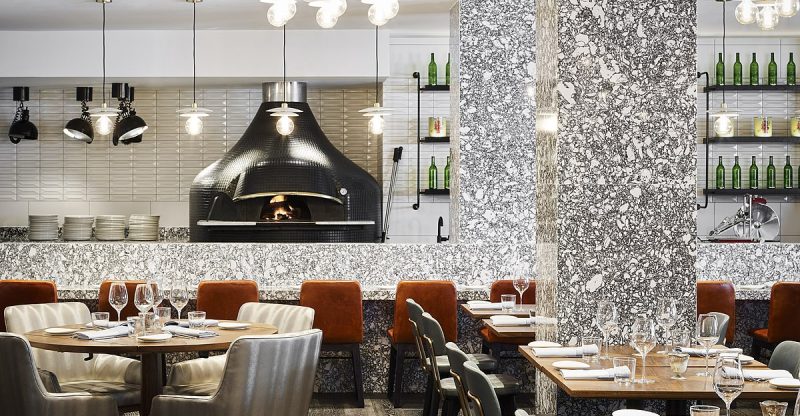Decoding the Psychology Behind Effective Restaurant Menus
The art of creating a compelling restaurant menu extends beyond mere listings of dishes and prices. Successful menus are carefully crafted to appeal to the psychology of diners, influencing their choices and enhancing the overall dining experience. From the layout to the language used, every aspect plays a crucial role in the japanese menus in canada guiding customers towards certain selections. Let’s delve into the psychology behind effective restaurant menus.
1. Visual Hierarchy:
One of the first things diners notice when handed the best Restaurant menus is its layout. Effective menus use visual hierarchy to guide the eye strategically. Items that the restaurant wants to promote, often those with higher profit margins or signature dishes, are placed strategically. Typically, the upper-right corner is a prime spot, as it is where the eye naturally starts scanning a page. Items in this section are more likely to be noticed and chosen.
2. Descriptive Language:
The language used to describe dishes plays a pivotal role in enticing customers. Vivid, sensory-rich descriptions can trigger cravings and create a sense of anticipation. Menu items are often named and described in a way that highlights their most appealing qualities. For example, “succulent grilled chicken” is more enticing than a plain “grilled chicken.”

3. Pricing Strategies:
Pricing is a delicate art on restaurant menus. The use of “charm pricing,” where prices end in .99 or .95, gives the illusion of a lower cost and is psychologically proven to attract more attention. Strategic placement of high-profit items near slightly lower-priced items can also influence choices, making the latter seem like a better deal in comparison.
4. Design and Imagery:
The visual appeal extends to the overall design and imagery on the menu. High-quality images of dishes can enhance desire and influence choices. Design elements such as borders, colors, and font styles contribute to the overall ambiance the restaurant aims to convey. A well-designed menu can create a positive first impression and set the tone for the dining experience.
5. Limited Choices:
While variety is important, offering too many choices can overwhelm diners. The paradox of choice suggests that when faced with too many options, people may struggle to make a decision or feel less satisfied with their choice. Successful menus strike a balance by offering a selection that is diverse enough to cater to different preferences without overwhelming the customer.
6. Storytelling:
Integrating storytelling into menu descriptions can create a connection between diners and the culinary offerings. Sharing the origin of a dish, the inspiration behind it, or the traditional methods used in its preparation can evoke emotions and make the dining experience more memorable.
7. Highlighting Signature Items:
Restaurants often have signature dishes that define their identity. Effective menus highlight these items, positioning them prominently to capture attention. A well-placed symbol or icon can draw the eye towards these special offerings, encouraging patrons to explore unique and memorable culinary experiences.
The psychology behind effective restaurant menus involves a thoughtful blend of visual elements, language, and strategic choices. By understanding the principles that guide diners’ decision-making processes, restaurateurs can create menus that not only showcase their culinary offerings but also enhance the overall dining experience, leaving a lasting impression on their patrons.







